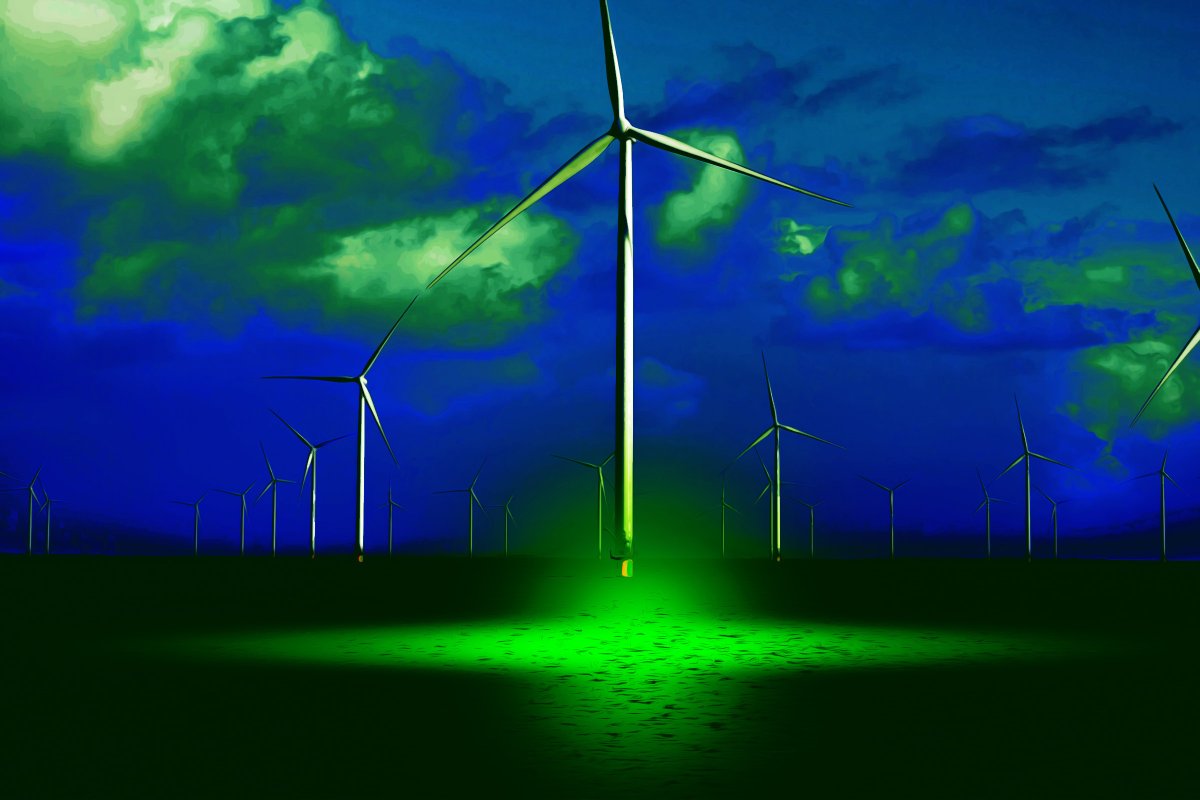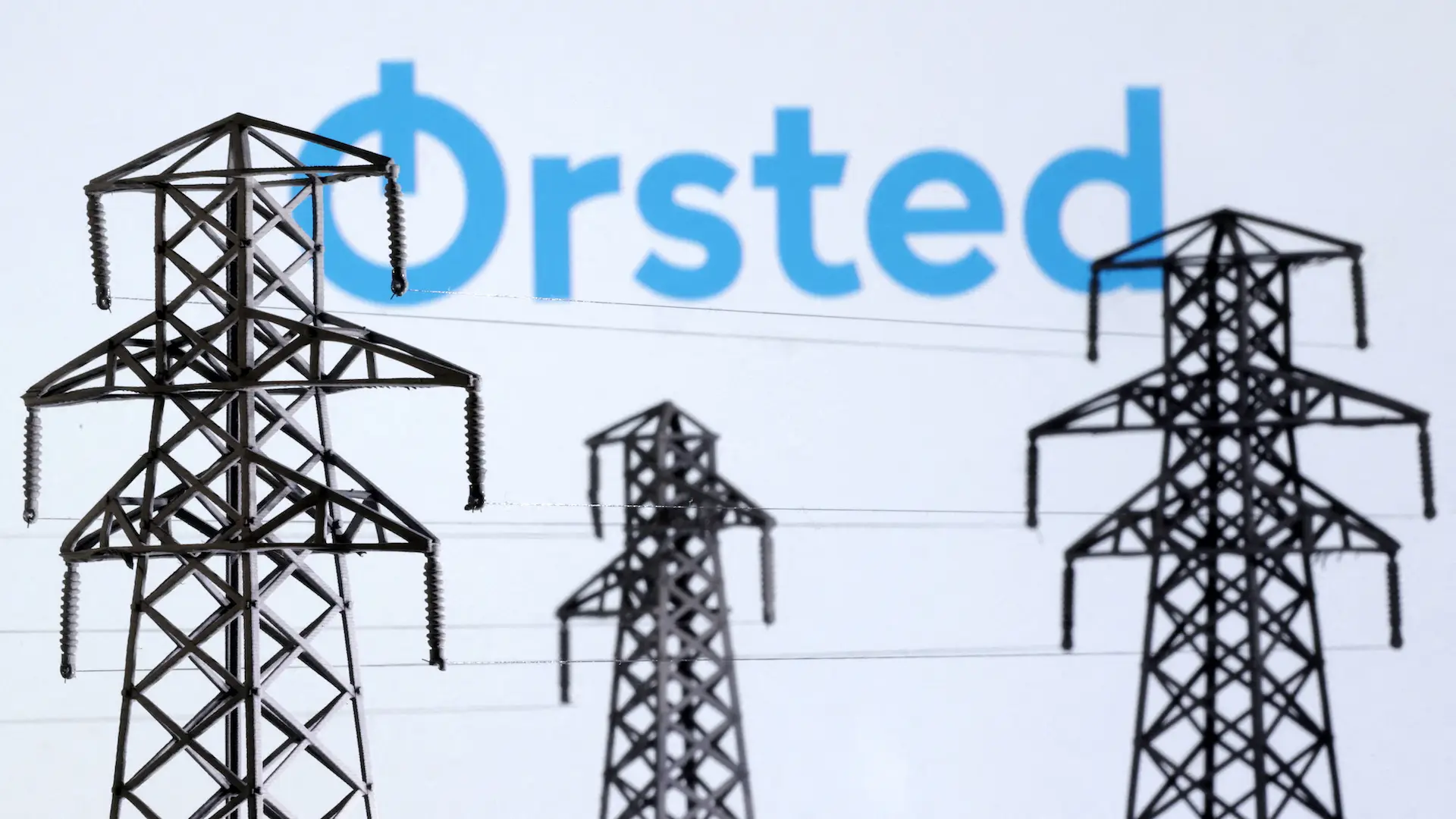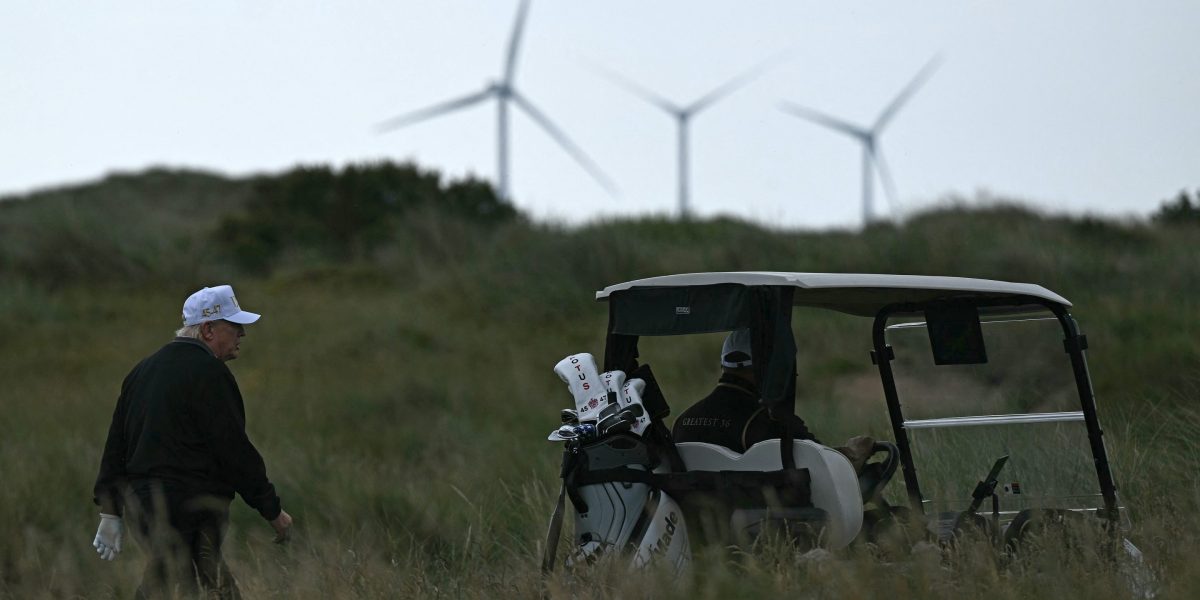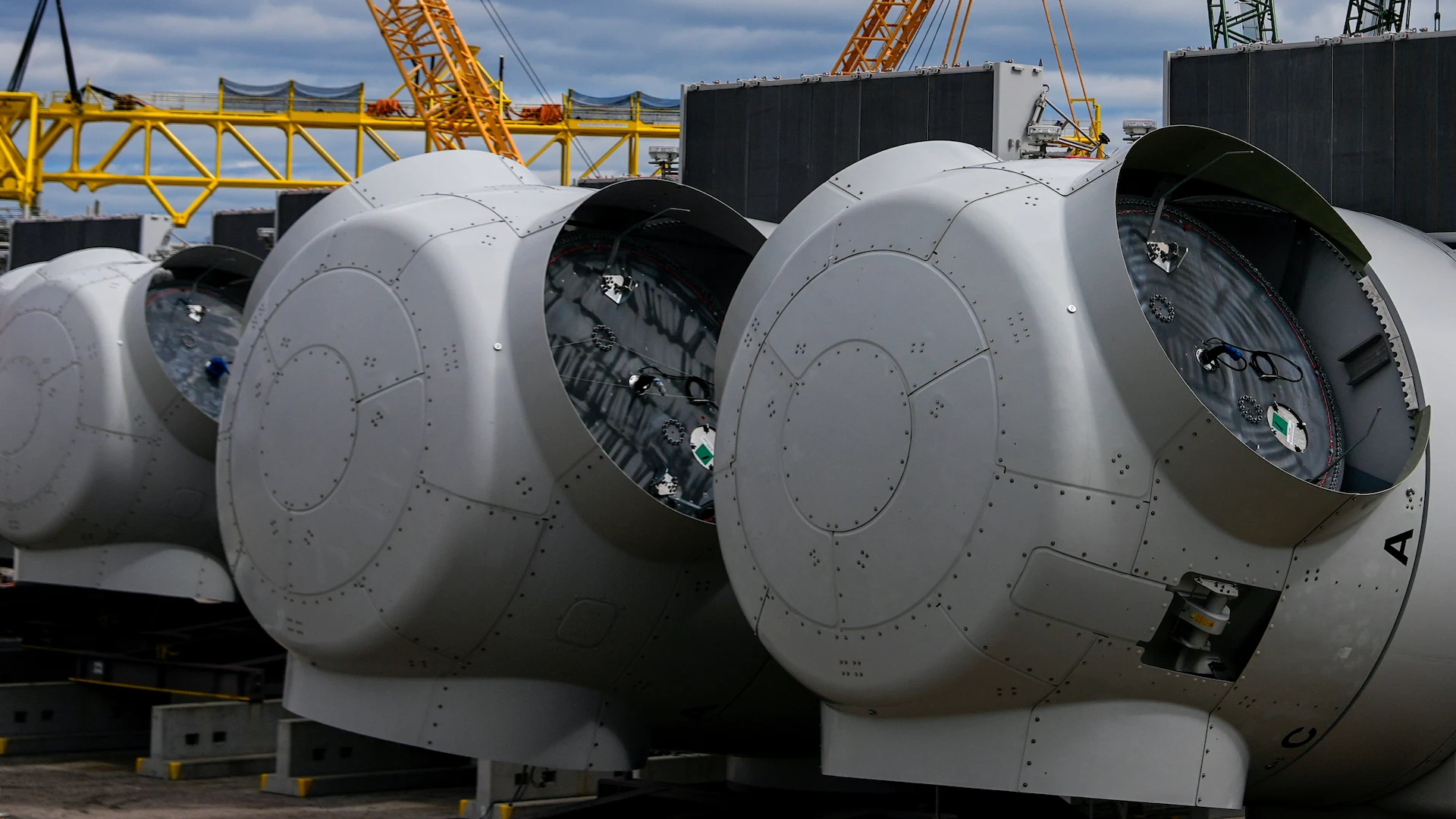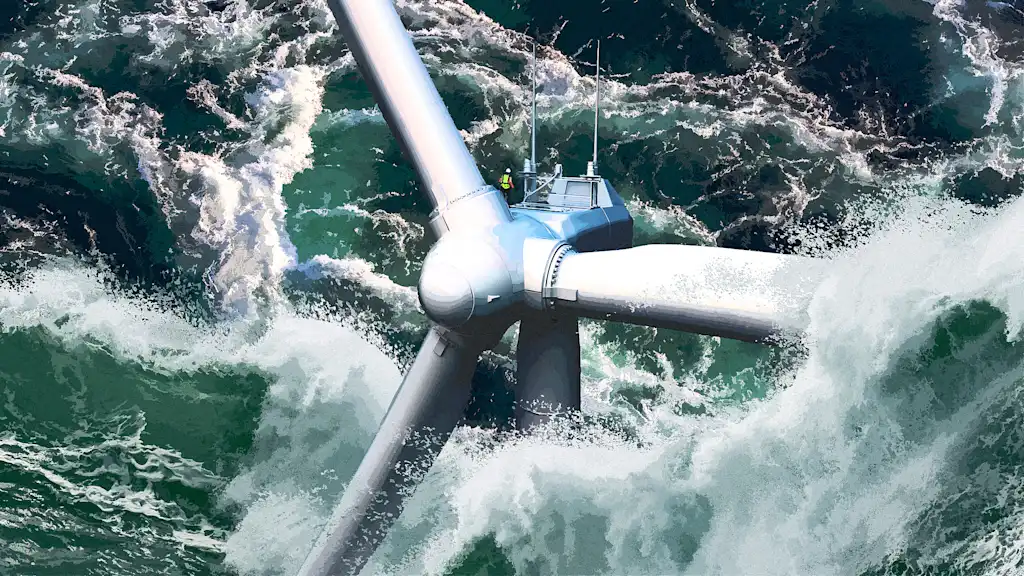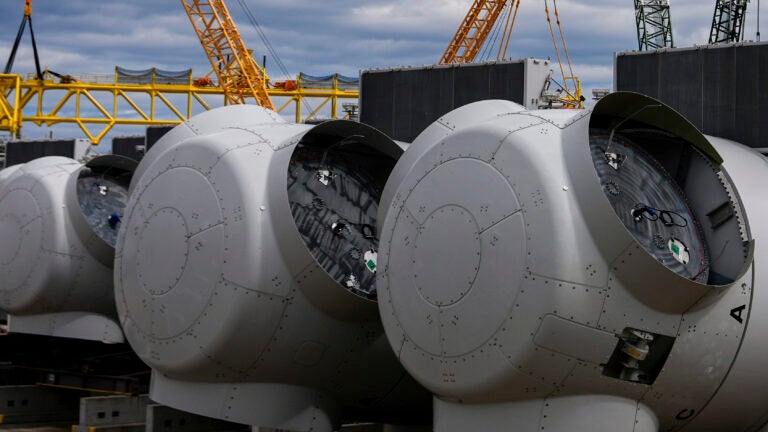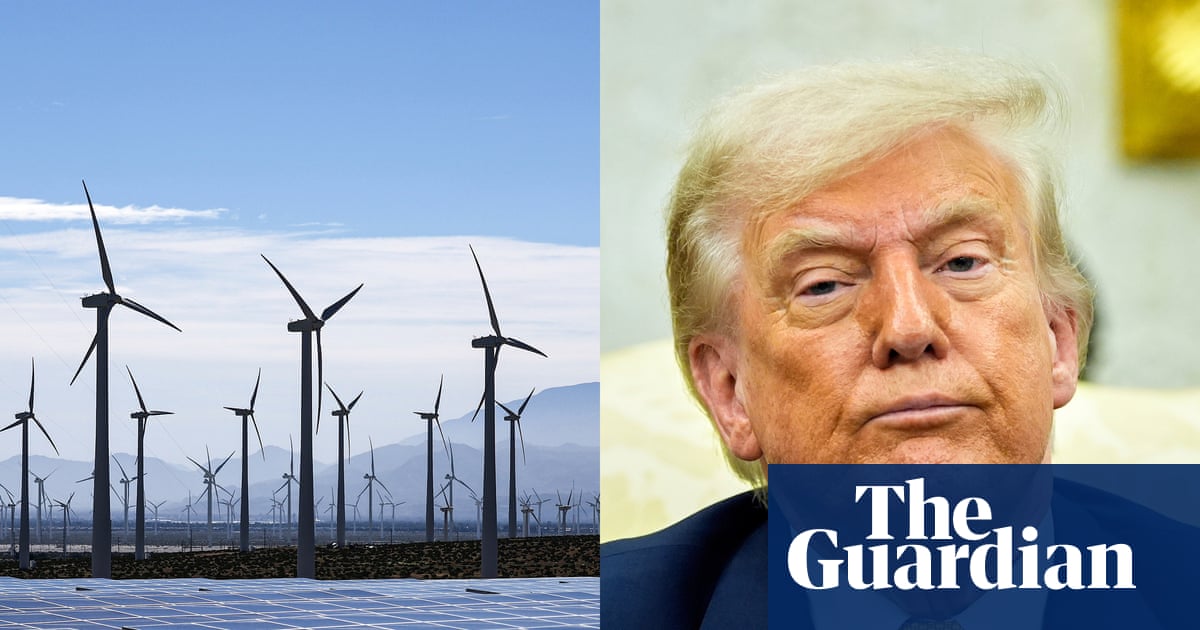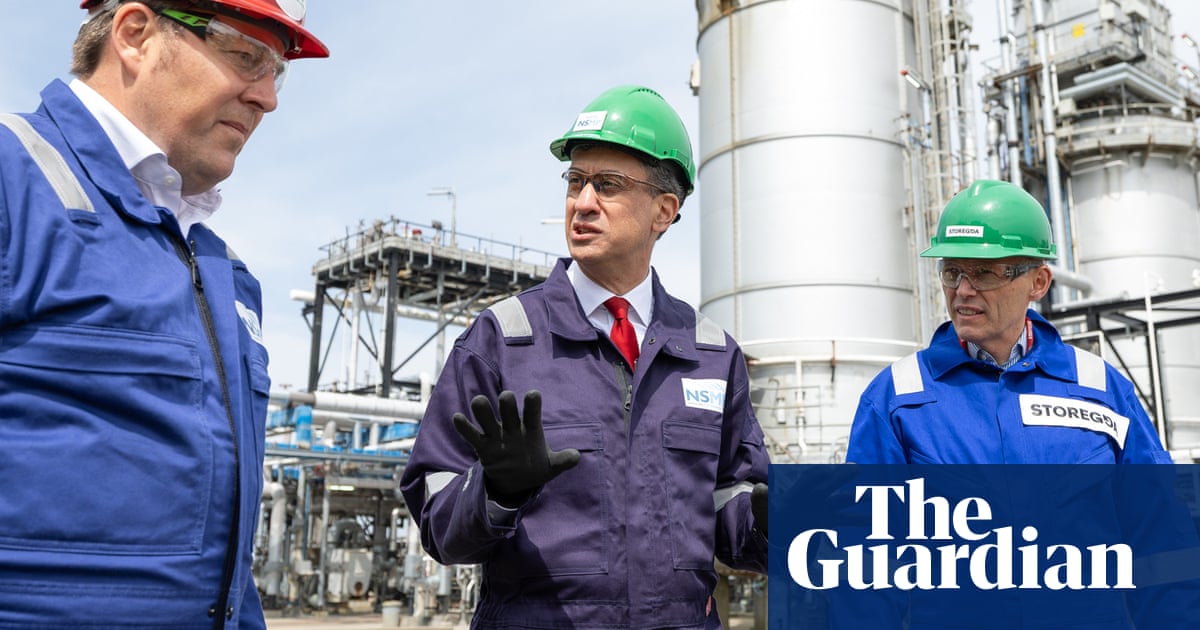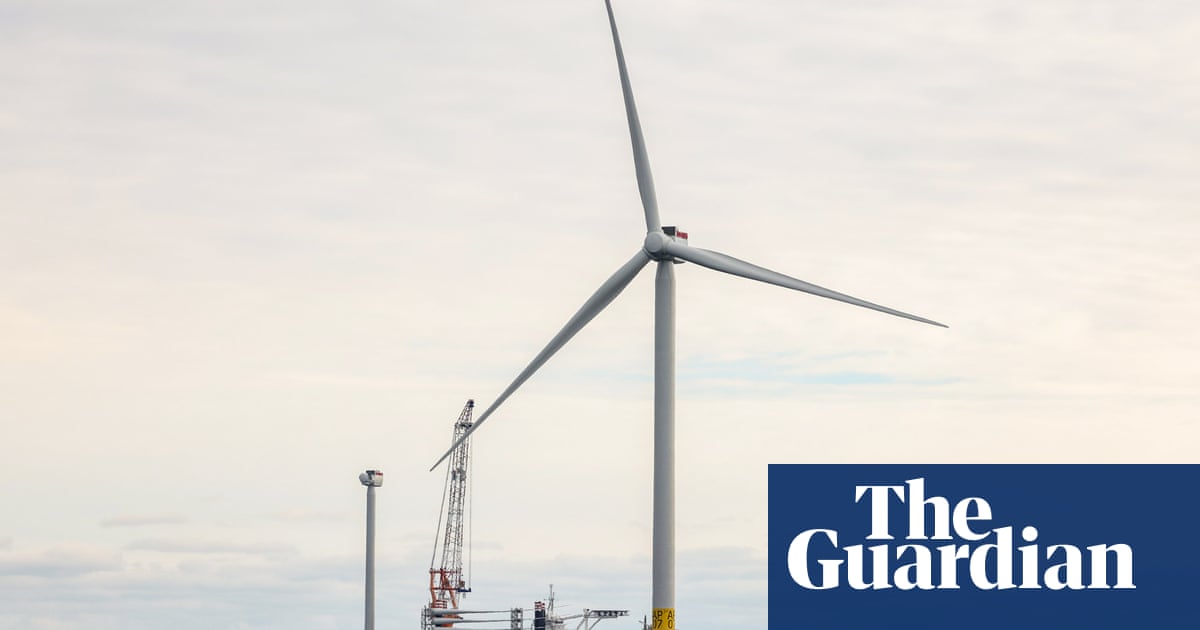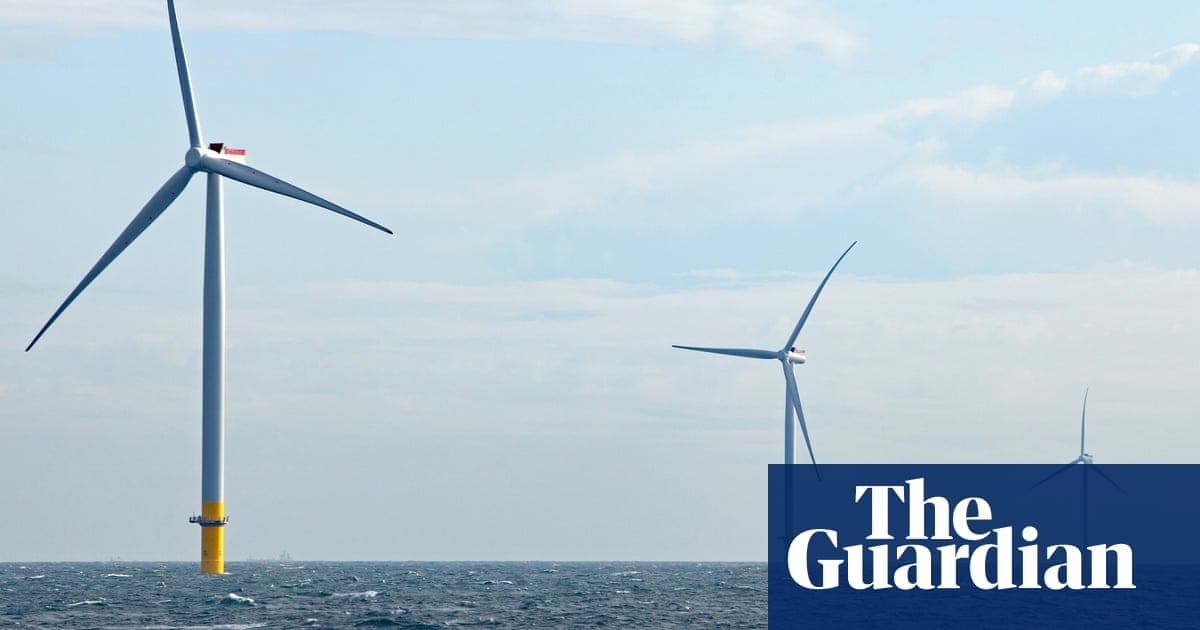#offshore-wind
#offshore-wind
[ follow ]
#renewable-energy #trump-administration #energy-policy #national-security #revolution-wind #crown-estate #rsted
fromAxios
1 week agoTrump offshore wind halt illegal, judge rules
Trump officials have been especially aggressive in targeting offshore wind projects, including ones already approved or even under construction. Driving the news: Judge Patti Saris, of the U.S. District Court for the District of Massachusetts, ruled Monday that Trump's Jan. 20 order is "arbitrary and capricious" under administrative law. The ruling came in a case brought by New York and other states, and the nonprofit Alliance For Clean Energy New York.
US politics
fromwww.theguardian.com
1 month agoReform UK would seize control of civil servants just like Trump in US, says Kruger as it happened
Politics Labour says Reform UK won't save 500m by closing office buildings because government ending those contracts anyway John Major says many traditional Tory supporters now 'politically homeless' because of party's lurch to right Highland council complains about impact of plan to put asylum seekers in barracks in centre of Inverness Plans to house UK asylum seekers in barracks are costly and complicated, experts say
UK politics
Environment
fromSan Francisco Bay Times
2 months agoCalifornia Can Lead on Offshore Wind, But Only If Communities Are at the Table - San Francisco Bay Times
California must lead equitable offshore wind development with transparency, community inclusion, matched resources, and protections to deliver zero‑carbon power and union job growth.
fromwww.theguardian.com
2 months agoOne of world's biggest wind farm developers to cut quarter of workforce
One of the world's biggest windfarm developers will cut its workforce by a quarter in the next two years after a series of setbacks for the industry. Danish wind giant rsted plans to remove about 2,000 positions from its 8,000-strong workforce by the end of 2027 through a combination of redundancies, natural attrition and selling off parts of its business.
Environment
fromFortune
2 months agoTrump plans review of Equinor's Empire Wind 2 near New York | Fortune
The government said its plan is consistent with a broad offshore wind review Trump ordered just hours after his January inauguration. It's also aligned with an ongoing Interior Department assessment of the extent to which past offshore wind project approvals comply with a decades-old federal law that requires energy projects on coastal federal waters balance a dozen different needs, including protecting the environment and national security, as well as preventing interference with use of the high seas.
US politics
Brooklyn
fromBrooklyn Paper
2 months agoWindScape Brooklyn, New York's first offshore wind education center, opens in Sunset Park * Brooklyn Paper
WindScape Brooklyn is New York's first immersive learning center focused on offshore wind energy, educating diverse visitors and supporting workforce development and local maritime transformation.
fromwww.theguardian.com
2 months agoHow Trump's assault on US wind industry threatens jobs and power for nearly 5m homes
The scale of the intervention is remarkable a total of nine already permitted offshore wind projects that were set to provide electricity to nearly 5m households and create around 9,000 jobs in the US are under investigation or have already been paused by the Trump administration. Trump has barred any new solar and wind projects from federal land and waters, eliminated incentives for clean energy and, almost uniquely for a US president, called for an entire industry to be stopped in its tracks.
US politics
US politics
fromBoston.com
2 months agoTrump administration moves to revoke permit for Massachusetts offshore wind project
The Trump administration moved to revoke BOEM approval for the SouthCoast Wind project's construction and operations plan, blocking a major Massachusetts offshore wind development.
Environment
fromwww.theguardian.com
3 months agoOffshore wind was touted as a key part of Australia's energy transition but does it still have a future?
Offshore wind in Australia faces major cost, revenue and project challenges causing delays and cancellations that put ambitious government leadership goals at risk before 2032.
fromThe Verge
3 months agoThe future of wind energy might come down to one turbine blade
From behind a veil of pea soup-thick fog emerged hundreds of white and green fiberglass and Styrofoam pieces, some as small as a fingernail, some as large as a truck hood. By the following morning, the tide had carried the debris about 12 nautical miles and scattered it across Nantucket Island's beaches. Residents woke to a shoreline covered in trash, fiberglass shards mixed in with seaweed and shells, waves thrusting flotsam onto the sand.
Environment
Europe politics
fromLondon Business News | Londonlovesbusiness.com
6 months agoOffshore sector warns Europe's net zero and energy security targets at risk - London Business News | Londonlovesbusiness.com
Scaling up the marine contracting sector is essential for achieving Europe's offshore wind goals by 2050.
[ Load more ]



